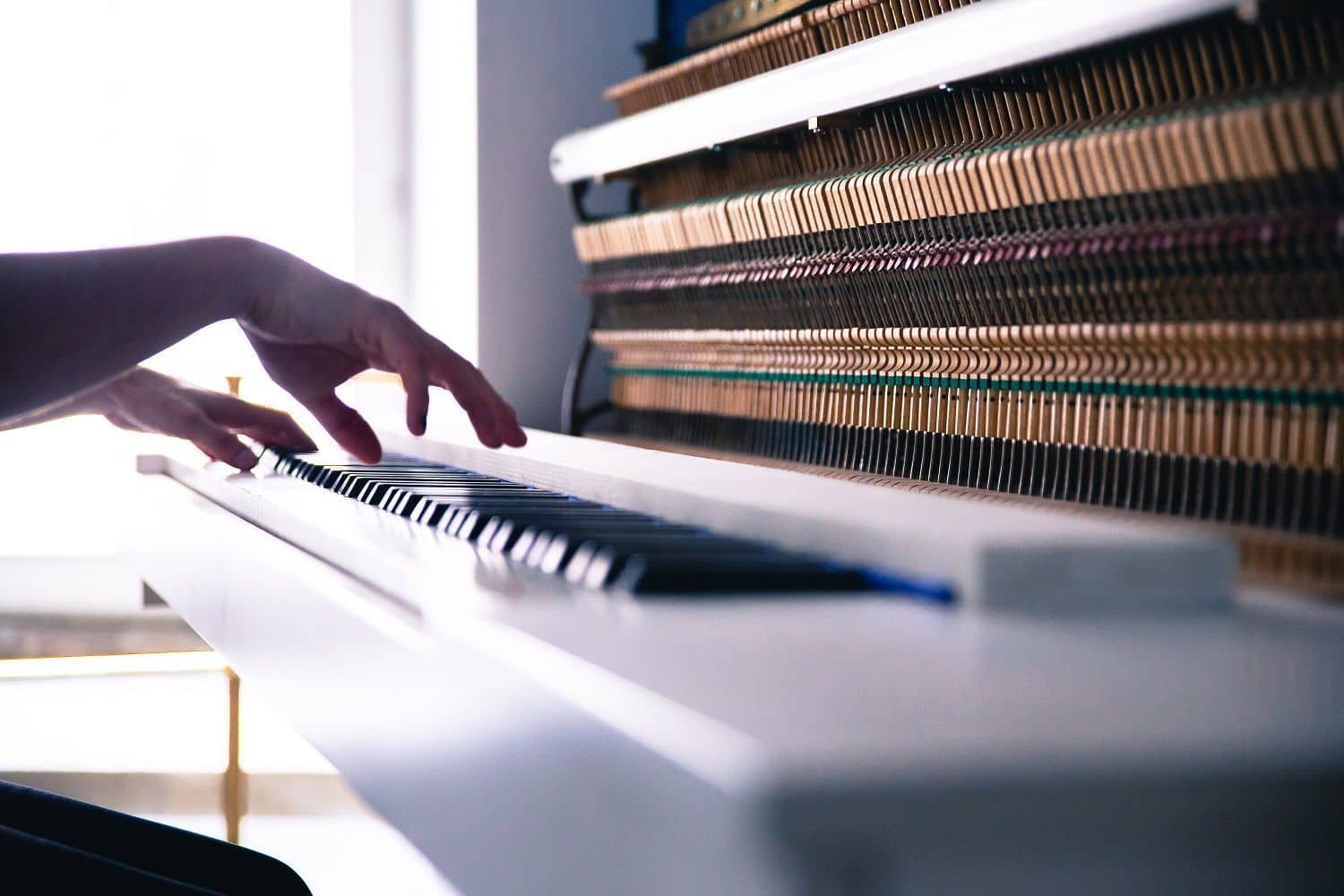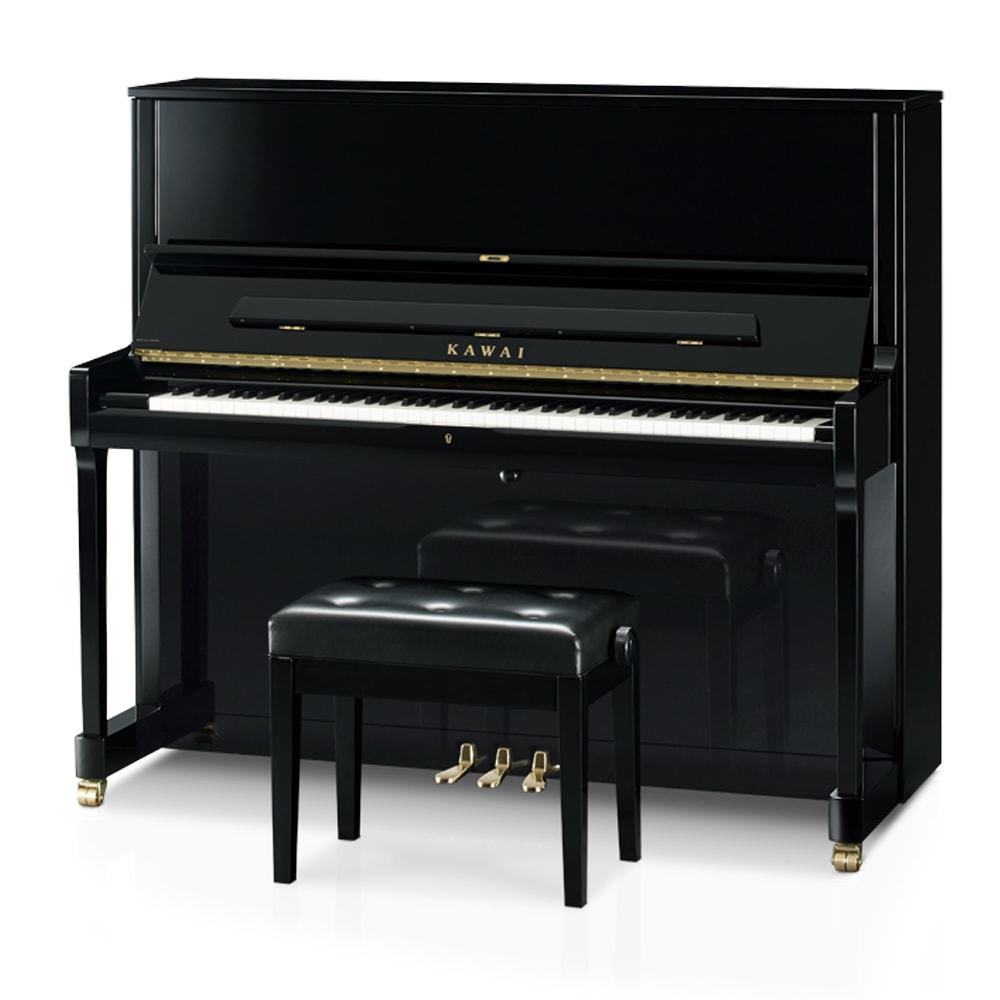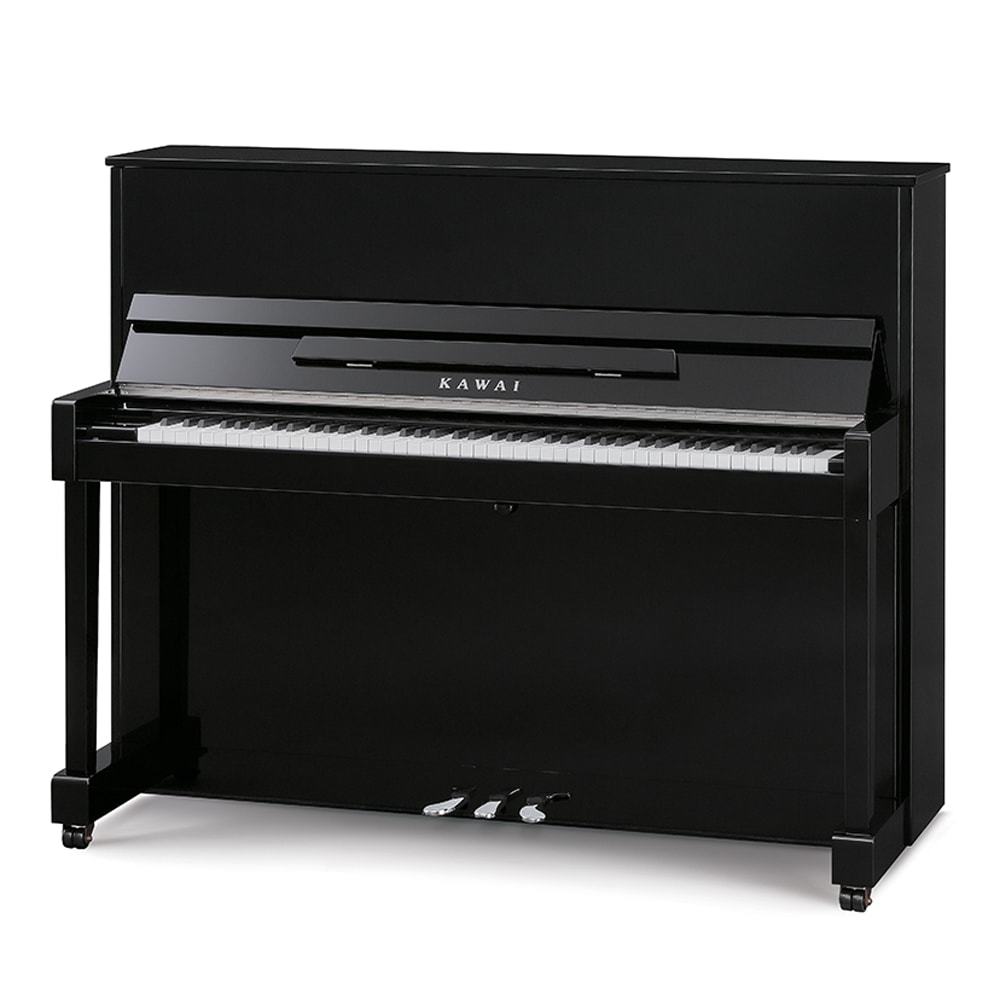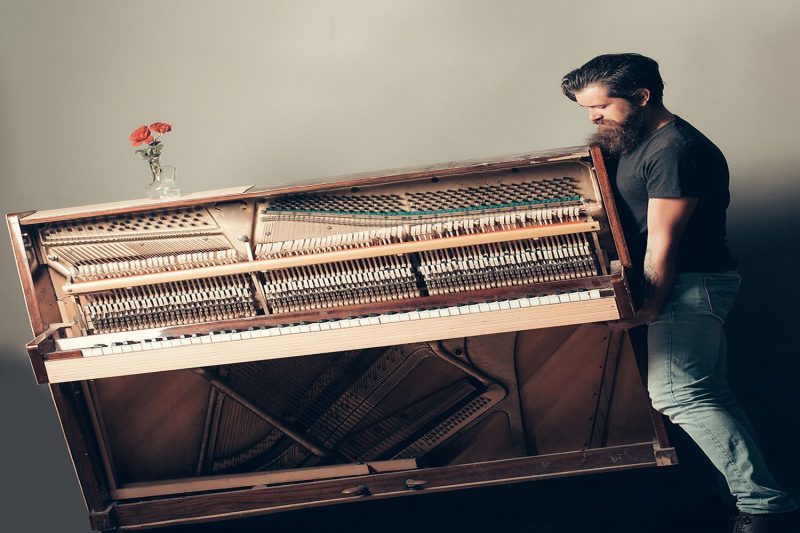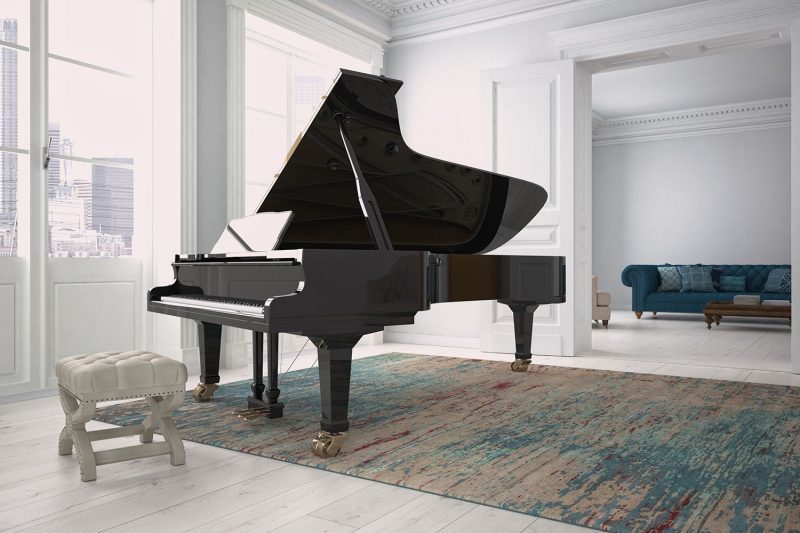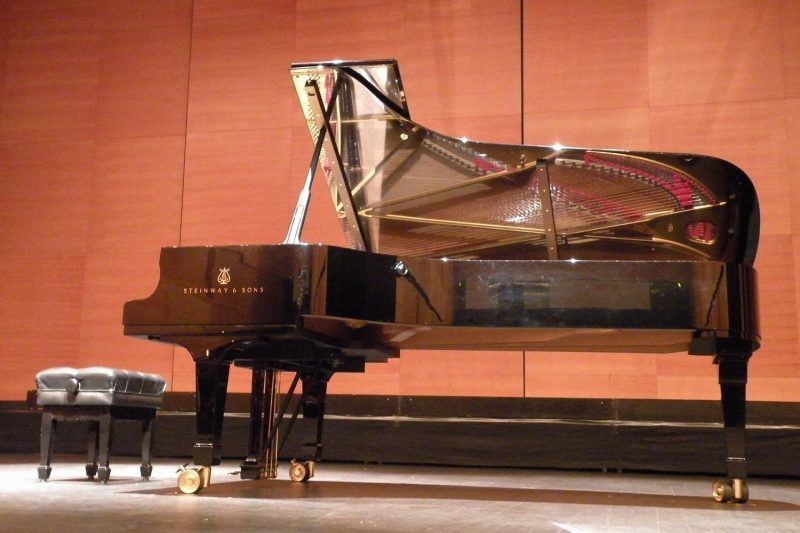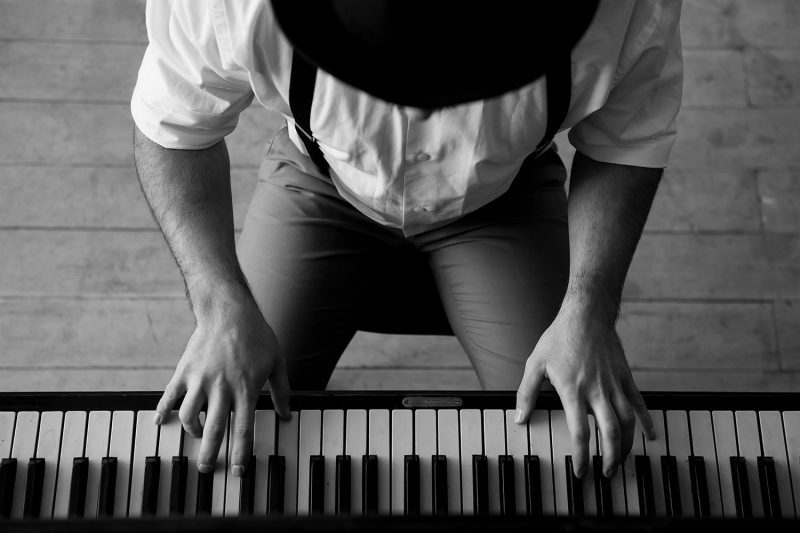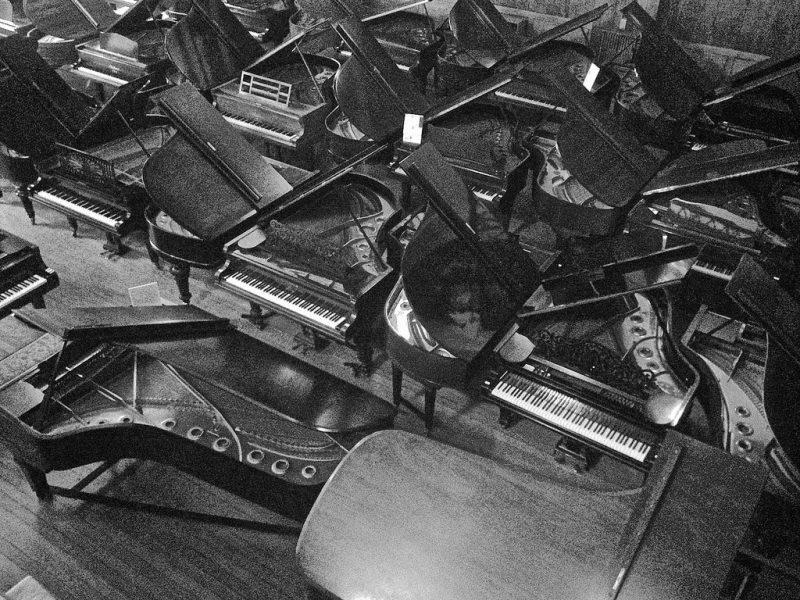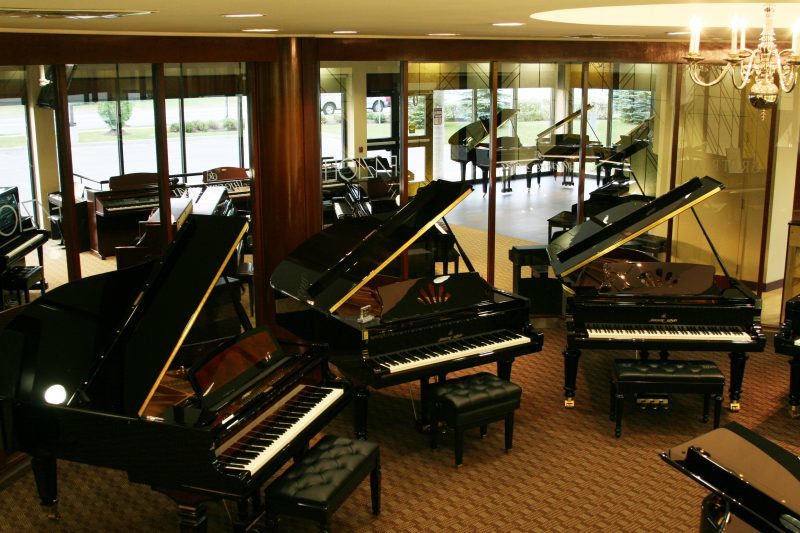In today’s we are talking about Upright Pianos – literally everything you need to know about Upright Piano. If you’re in the market for an upright piano, this is the article for you.
We’re not going to tell you what piano to buy or how much money to spend, but we are going to cover all of the critical areas of difference between these lovely instruments, including the price ranges, the sizes, and what makes one different from another, and finally, how to go about selecting one.
Please check out the accompanying video for an even more in-depth explanation and some playing examples as well!
Opening Thoughts
Since, 2020, we have experienced an almost two-fold increase in the number of medium-range and premium-range upright pianos that are sold in Canada.
One has to ask the question – why? What are the trends that are driving these spikes in sales? Dovetailing with this question is another that often gets asked; “Why would I buy an upright piano that costs as much as a baby grand piano?” Most people have a traditional paradigm in their mind that says if you can afford the baby grand, that’s always the preferred option, both from an aesthetic standpoint as well as a musical one.
That said, there are a number of realities that are pushing people towards these higher-end uprights, chief of which is the bevy of musical reasons why an upright piano might be a better alternative. Let’s start there before moving into our upright piano overview.
Upright Pianos – General Overview

Space
The first reason someone would go with an upright is obviously space. More and more people out there are living in smaller urban situations, often times in stacked townhouses. Stacked townhouses of course come with a lot of stairwells. Grand pianos not only take up a lot of floor space, but they’re also really challenging to deliver inside 0stacked townhouses and condos.
Design Innovations
A second reason is that there has been more innovation on the upright side of things than the grand side of things over the last several years. A big one is an advancement in hybrid and silent upright pianos available. Hybrid and silent grand pianos exist too, but there’s been more advancement done on the upright side of things, and hybrid grands also happen to be very expensive.
Now, let’s look at upright pianos as a whole.
Upright Piano Sizing

Acoustic Upright pianos come in a number of different sizes. They typically start around 42″ in height (generally known as a console piano), and go up inch by inch until about 54″. The common sizes you’ll typically encounter are 44″, 46″, and 48″, which happens to be the size of the extremely popular Yamaha U1 and Kawai K-300 professional upright pianos.
The Yamaha U3 at 52″ also happens to be a very popular vertical piano, and there are a few high-end German uprights that get up to 54″.
You can’t always draw absolute conclusions on things like scale design, string length, or soundboard size simply based on the cabinet size, but the size is a general barometer for how loud and powerful an upright piano is.
Price Ranges
Used Upright Pianos
What can you expect to pay for an upright piano on the private market or from a retailer? Starting at the very bottom, you can find used pianos for as little as free. These are typically smaller North American-made wood finish uprights from companies like Baldwin and Heintzman, typically built anywhere from 50 to 100 years ago.
Free Uprights
A free upright piano of this vintage is not going to be particularly musically successful. In many cases, if you really strip away all of the bias associated with acoustic versus digital, a digital piano for around $1,000 or so is actually going to give you a better instrument to play on than a free acoustic used upright, especially if the upright is a spinet piano.
$1,000-$4,000
Moving up from there and you’ll start to find used Korean, Indonesian and Japanese pianos, anywhere from about $1,000 to $4,000 generally speaking. These are the instruments such as Yamaha U1s, Yamaha B series, Kawai K3s, Samick’s, Young Chang’s, etc., built from the early 1970s and on.
There’s a thriving market for this kind of piano, especially Kawai and Yamaha uprights, and there are certainly some great deals to be had, even if you’re not getting the piece of mind that comes with a new piano warranty.
$5,000-$20,000
This category is less common, but you will of course find lightly used uprights out there, as well as used high-end handmade upright pianos that will typically fall somewhere between $5,000-$20,000.
Of course, anyone spending upwards of $20,000 on a used upright piano is looking for a very specific type of instrument that is probably going to retail for in excess of $40,000 new.
New Upright Pianos
$4,000-$10,000
New upright pianos start at around the $4,000 USD range, and these are going to be for 44″ (sometimes called studio pianos) factory-made upright pianos, typically built in Indonesia or China. If you’re going with an instrument from a reputable company, Kawai and Yamaha, you can expect a mechanically sound instrument with a fairly consistent tone and stable tuning. There’s not a lot of tonal refinement available at this price range, but for people who are just starting out, you can really start developing proper techniques and have an enjoyable musical experience.
$10,000-$15,000
The next jump brings us to about $10,000, and this is where you start to see 46″, 48″, and maybe even 50″ pianos from those same companies. As the height increases, in some cases, so will the quality of the materials and the design, and a lot of these instruments are built both for the home, and for institutional settings.
Once we cross the $10,000 threshold, we start to get into the hybrid pianos, and hybrid in this case means pianos where there is some component of European manufacturing, combined with Chinese manufacturing. There are a number of brands that mix and match both labor and parts between a European factory and a Chinese factory.
In this category, we’re basically trading off the advantage of Japanese assembly, for slightly more expensive components and design, offset by the lower costs of Chinese assembly.
$15,000-$20,000
The sweet spot for people looking for a really great balance of high-quality tone, high-quality materials, and manufacturing quality that is equal to that of a Japanese plant is when you get above $15,000. These are going to be European-built pianos, likely either from the Czech Republic, Poland, or possibly even Germany. These are instruments that can match or exceed the musical performance of a similarly priced baby grand.
$20,000 & Up
Once you hit about the $20,000 mark it becomes a real connoisseur’s marketplace. You’re largely into European and American-built pianos at this point, and it becomes a highly subjective, highly personal matter of taste with fantastic sound quality, excellent responsiveness of touch, and timeless design.
That $20,000 ranges all the way up to about $60,000 or $70,000 for the most expensive upright pianos in the world, such as the C. Bechstein Concert 8 or the Hamburg Steinway & Sons K-132.
So, that’s a rundown of the price ranges you can expect to see out there for upright pianos. Let’s move on and discuss the key differences between a factory-made instrument, versus a handmade one.
Factory vs Handmade Craftsmanship
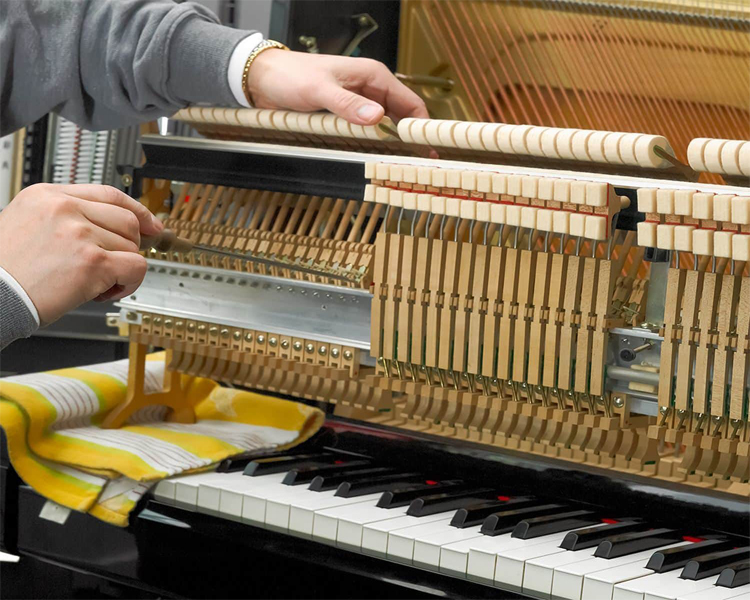
The term handmade is actually a bit of a misnomer, because there’s actually some hand workmanship that goes into most factory pianos, and machines involved in making traditionally defined handmade pianos.
A much better way to look at these two categories is to think of limited production vs mass production, with limited production instruments also taking way longer to build.
Most of the upright pianos that carry the label handmade have had some machining that’s been used along with computer automation, but there’s been an enormous amount of time by one or several members of the assembly crew that has gone into assembling and regulating the action, the assembly of the shaping of the soundboard, and into the engineering of the carpentry to allow for the maximum resonance of all acoustic materials.
Manufacturing Time
The difference in the manufacturing time can be extraordinarily large. For a $4,000 or $5,000 factory-made upright piano, we could be looking at a total manufacturing time of just a few dozen hours, somewhere in the range of 30 to 50 hours. On the other hand, with the C. Bechstein Concert 8 for example, the manufacturing process takes over 300 hours!
As we would say, this huge amount of extra time leads to massive refinement in the soundboard, regulating the action at fanatical levels, and studiously voicing all of the hammers for maximum bloom on every note. And in the case of an instrument at this quality level, the entire cabinet is actually resonating as another acoustic component.
That pretty much sums up the difference between factory-made and handmade. Let’s move on to differences with regard to country of origin.
Country of Origin

Another common question or line of research people get into is understanding the difference between American, Asian, and European-made upright pianos. Does the country of origin affect the musical performance or build the quality of a given instrument?
American Made Pianos
Let’s talk about the quintessential American sound first. There are only three manufacturers remaining in the United States right now making upright pianos, which are Charles Walter, Mason & Hamlin, and Steinway.
Are there any consistent factors across these three piano makers? American uprights, much like American grands, tend to have a very mid-range heavy tone. There’s often high use of maples and other hardwoods, which tend to accentuate mid-range frequencies. American pianos tend to have large dynamic ranges, and they’re also known for their exterior furniture as well.
On the negative side, American pianos aren’t known for particularly great actions or control. They are also not known for a great deal of tonal consistency from the lower range to the upper range. But, if you’re looking for that specific American tonal profile, you won’t find it elsewhere.
Asian Made Pianos
If you’re looking for a more precise experience, Asian and European pianos will offer a little more in this regard. When it comes to Asian pianos, it’s very difficult to lump them into a single category, because while you have some very basic low-quality pianos from China, there are also so much nicer, more advanced pianos coming out of certain Chinese facilities.
You also have Japan with a very mature piano market that’s literally 100 years old. There are also still Korean pianos, but that market has greatly declined and production has instead moved to Indonesia.
Is there any sort of tonal consistency to any one of these 4 Asian countries? With Japanese-made pianos, yes. Japanese Kawai and Yamaha pianos sound pretty consistent, if Kawai is considered darker and warmer, while Yamaha’s are usually thought of as brighter with more attack.
Indonesian pianos are generally pretty consistent too. Beyond that, it’s a complete mash of tonal styles, designs, and materials being used, to the point that isn’t fair to say that there’s an ‘Asian’ sound.
European Made Pianos
On the European side of things, you’re generally getting higher grade materials, such as a more expensive or higher grade hammer felt and a higher grade of spruce used for the soundboard. The action regulation typically done at European factories tends to be very high also.
These refinements are generally going to deliver a more precise tone, especially with regard to the consistency across all ranges. There’s typically going to be a higher degree of control in terms of the touch, and the quality of the build means the instrument is going to last longer.
We’ve covered some of the basics. Now, how do you go about choosing one of these pianos for yourself and for your home?
How to Choose an Upright Piano
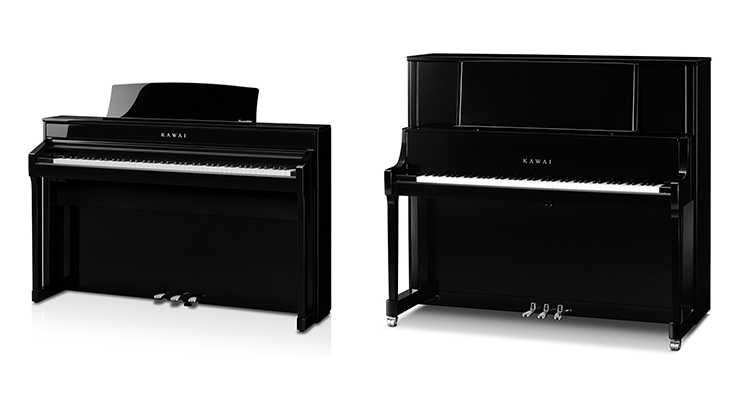
Upright vs Hybrid Digital
What are the questions you should be asking while you decide on a piano? The first thing you’ll have to decide is if you’re going to go with a traditional acoustic upright or a digital/acoustic hybrid. An acoustic/digital hybrid is something that combines both digital components as well as acoustic components.
This combination allows an otherwise fully acoustic piano to be played completely silently. The Kawai K300 Aures for example has a digital piano control panel built right into the side, and you can mute the piano and plug-in set headphones so you can play without disturbing others. This added flexibility is a huge deal for some people, but it does add about $5,000 to the price.
Bass Clarity
Once you’ve decided whether you’re going acoustic or with some type of acoustic-digital hybrid, the next questions really come down to playing style, tonal style, and spending some time in front of these prospective instruments.
There are areas on upright pianos that tend to be weak spots, and this is where a really great design immediately solves a lot of issues. One of the things that people focus on with upright pianos is bass clarity, and this is very difficult to achieve in a shorter instrument due to the shorter string length.
When you’re first shopping for an upright piano, one of the things you’ll want to look for is to make sure you’re getting something that’s got a nice clear bass tone. It doesn’t mean that you have to get a 52-inch piano or even a 48-inch piano as there are shorter uprights out there with great bass registers.
Break
Another weak spot you’ll find on some upright pianos is the break, which is the transitional area of the piano where it switches from steel strings to copper-wound strings. This transition can sound very abrasive and metallic if the design isn’t well executed, so pay attention to that.
Action
The third weak spot can be the action. There are actions out there made entirely of wood, and others that combine wood with synthetic parts. While there’s been debate about incorporating synthetic parts in the past, the vast majority of the professional community, both on the technical side and musical side have both accepted and recognized that a really great synthetic action can be just as musical, and in some cases have significant maintenance benefits over inexpensive wood action.
So, don’t focus on the material so much as the playing experience, which is the true test of whether or not you’re playing a good action. Make sure to play the action at a very soft dynamic range, as well as medium and loud dynamic ranges to see how it responds. The hardest thing for an upright piano to do is to deliver accuracy when playing softly, particularly if you’re playing fast at a low dynamic range.
Ultimately, you want to make sure that the action on the instrument you’re considering can deliver what you need. This can be especially important for students and beginners who do their lessons or perform on a grand piano but practice on an upright at home.
Clarity of Tone
Our last suggestion for where to really judge an upright piano is going to be in the clarity of the tone, particularly in the top-end range of the instrument.
Upright treble strings are so short, proportionally speaking, that you need even more refinement at smaller tolerances in order to achieve really great clarity on the top of an upright piano. What we mean by clarity, in this case, is an absence of buzzing or uncontrolled harmonics.
Higher-quality uprights have great clarity and no distortion, while lower-quality ones start to distort when the volume gets pushed. Let’s move on to our final section.
Differences Between Upright Pianos
In this final section here we’ll discuss why one upright piano may differ from another upright piano. For instance, why does one 48″ piano cost $8,000 while another 48″ piano costs $30,000? Well, there are about eight or nine components in an upright piano that will directly contribute to both the cost and thus the quality of the musical experience.
Cabinet Construction

The first thing we’ll focus on is the back post and overall cabinet construction. On our example instrument in the accompanying video, you’ll see five large back posts. There is a variety of approaches that manufacturers take with back posts in general. The function of back posts, as well as the overall construction and design of that cabinet, is to provide strength and rigidity. When you get into a higher-level instrument, it actually also takes on tonal importance.
On something premium like a C. Bechstein, Bösendorfer, or Steingraeber, the cabinetry on the back is so precise and designed in a way that not only is it giving the instrument strength, but it’s actually contributing to the transmission of energy and tone throughout both the soundboard as well as the cabinet.
On lower-grade instruments, back posts strictly serve a structural purpose, and they’re not actually contributing a lot to the resonance of the instrument. So a key difference here is the level and design of the carpentry on a given piano.
Agraffes

Agraffes are another feature you’ll generally only find on higher-end uprights. These contribute to further string alignment and ensure precise termination after the string has been struck. Their presence can help eliminate things like false beats and uncontrolled harmonics. Less expensive pianos will use a pressure bar for the same purpose, though a pressure bar is not considered as good as a set of agraffes.
The Bridge
A third difference is how the bridging has been approached. Like on a grand piano, there’s quite a variety of bridge designs you’ll see on various pianos, and an equally wide range of costs to execute said designs.
There’s everything from a solid bridge with a single piece of wood, to hardwood bridges with a cap, to vertically laminated bridges, which is by far the most expensive type of bridge. The better the bridge, the better the energy from the strings is transmitted to the soundboard.
To pull this off effectively can get very expensive very quickly, so generally speaking, the less expensive the piano, the less expensive the bridge design.
Soundboard Material
The next difference is the soundboard, and this one is a big deal. Soundboards come in different sizes and with different materials selected. Virtually all soundboards use some type of spruce, but whether or not the spruce is solid or laminated makes a huge difference.
Laminated soundboards are actually significantly stronger and more stable, but the big knock against them is that with all of the layers of wood and glue, the soundboard’s ability to resonate and sustain the vibration is dramatically reduced. You’ve got all sorts of factors that are actually going to suck up more energy.
As such, pretty much all mid-range and high-end soundboards are made with solid spruce, as the acoustic properties are just that much better.
Soundboard Design
The next difference in soundboard design is whether or not to taper or leave it untouched. All soundboards have some type of curve, but a tapered soundboard has been thinned out towards the edges, which allows more of the soundboard to activate and resonate. This means that a smaller tapered soundboard will resonate as much or more than a larger, non-tapered counterpart. This is a time-consuming process, so again, tapering starts to appear as you move up in quality, so less expensive pianos generally don’t have tapered soundboards.
The last distinction with soundboards is the choice of spruce. The two main types are some form of White spruce (typically Alaskan or Austrian), versus Sitka spruce. Sitka is a very common, less expensive spruce that tends to have a warmer tone, but with less clarity and sustain. White spruce tends to be more expensive and has a tighter grain, meaning the wood is older and grows more slowly.
Action Refinement
Last but not least is the action, but it’s quite simple – the more expensive the upright, the more refined the action is from a design standpoint and the more time that has gone into regulating the action at the factory level.
Closing Thoughts
Thanks so much for sticking with us through this long read. We hope you’ve found it helpful, but in any case, definitely check out the accompanying video at the top of the article so you can see and hear some of the things we discussed for yourself. If you’re new to our channel, we would sincerely appreciate it if you would subscribe to our Youtube Channel.
And if you’re in the Greater Toronto Area, don’t hesitate to pop into one of our showrooms to try some used and new pianos out for yourself with a selection covering much of what’s available out there in the piano world.
Visit Merriam Music for more piano reviews and articles.

